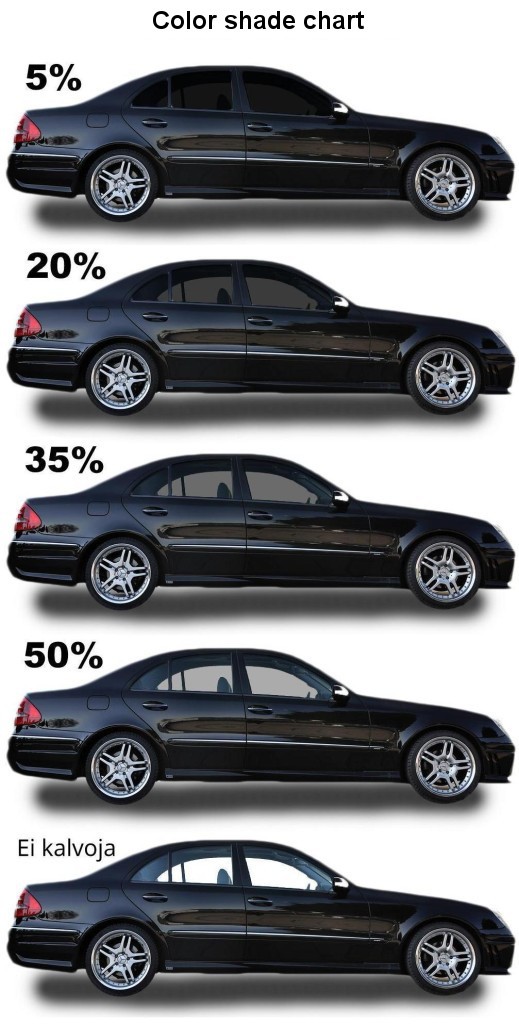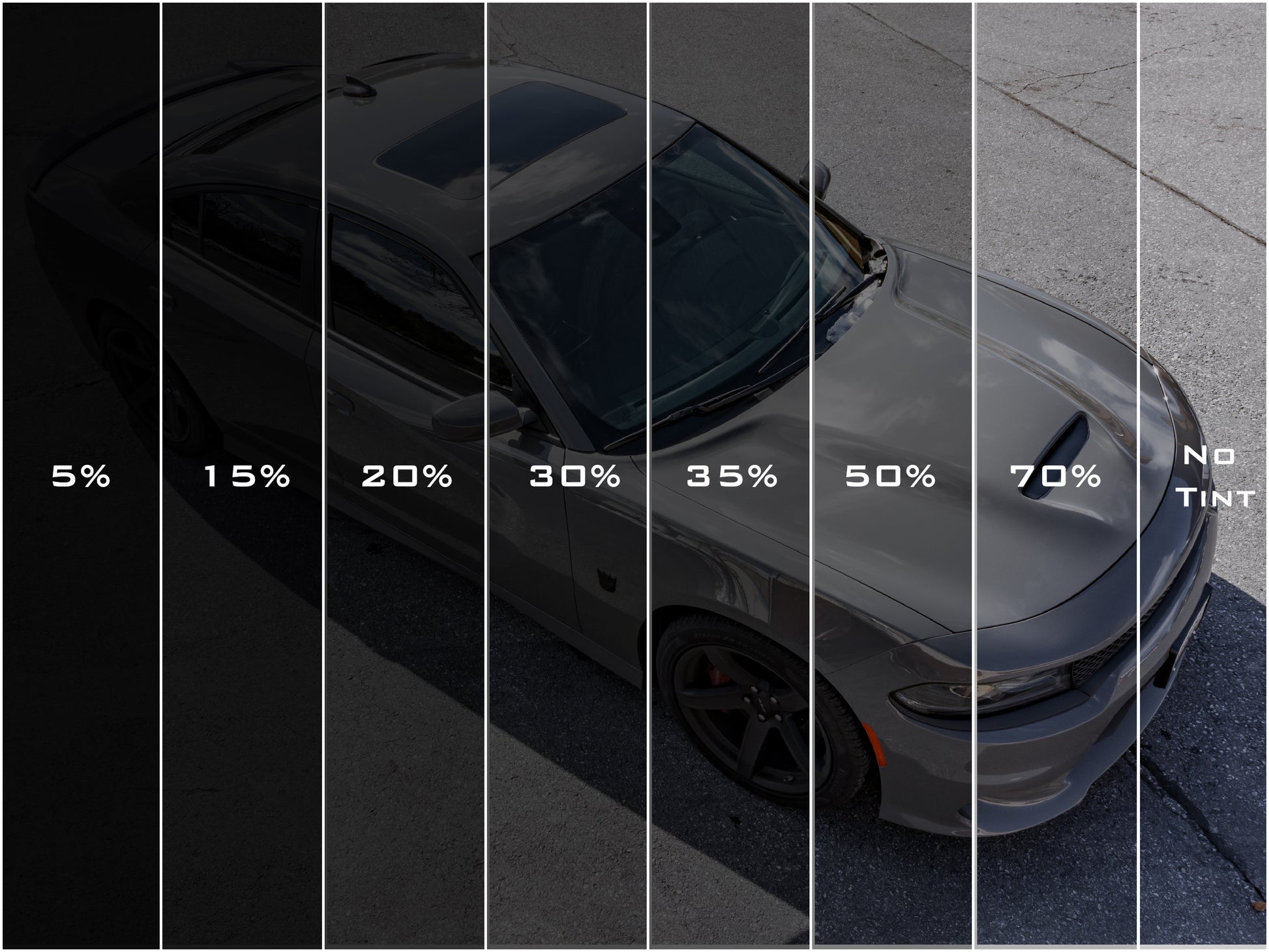Top Quality Car Window Tint: Benefits, Options, and Installation Tips
The Full Malfunction of Vehicle Home Window Tinting Legislations: Stay Informed and Avoid Expensive Fines
Understanding the details of cars and truck home window tinting laws is paramount for every car owner. Let's check out the subtleties of home window tinting laws, from lawful percentages to enforcement measures, and discover the important pointers for maintaining tinting compliance.

Value of Understanding Tinting Laws
Recognizing tinting legislations is important for car owners to ensure conformity with guidelines and prevent potential penalties or charges. Each state has certain regulations pertaining to the darkness of window tinting permitted on cars. These laws remain in place to make certain the security of vehicle drivers, pedestrians, and law enforcement officers. By being educated about tinting regulations, cars and truck owners can make enlightened decisions about their lorry adjustments and stay clear of the problem of having to remove unlawful tint.
In addition to lawful effects, inappropriate window tinting can additionally affect visibility while driving, particularly during the night or in unfavorable weather. Dark home window tints can minimize presence for the vehicle driver and block the sight of pedestrians or other vehicles, enhancing the danger of crashes. car tint. Understanding the tinting legislations can assist motorists strike an equilibrium in between aesthetics and safety
Furthermore, complying with tinting policies can likewise stop unnecessary costs. Eliminating unlawful tint and paying penalties can be expensive, adding economic problems to automobile owners. By complying with tinting regulations from the start, motorists can prevent these additional expenses and ensure a smooth driving experience without interruptions from police.
Types of Home Window Tinting Regulations
Having a clear understanding of the relevance of complying with tinting regulations, it is important to be mindful of the various kinds of window tinting guidelines applied across numerous states. These policies commonly focus on the Visible Light Transmission (VLT) portion, which gauges the amount of light allowed to go through the colored windows. States like California have stringent laws, allowing only 70% VLT for the front side home windows and windscreen, while states such as North Dakota allow up to 50% VLT. Furthermore, some states have differing laws for back windows and side windows behind the chauffeur. It's critical for vehicle owners to familiarize themselves with these certain laws to stay clear of citations or fines.
In addition, certain states might additionally have laws regarding the reflective residential properties of home window color and using specific shades. As an example, reflective tint is typically restricted, and colors like red, amber, and yellow may not be allowed as a result of presence problems. Comprehending these nuances in window tinting laws can aid vehicle owners make notified decisions when tinting their windows to make sure compliance with the legislation.
Lawful Tinting Percent Guidelines
Exploring the acceptable tinting percents established by state legislations gives essential support for lorry owners seeking to adhere to lawful laws. These guidelines dictate the maximum permitted darkness for home window colors, commonly read what he said measured in Visible Light Transmission (VLT) portion-- the quantity of light that can pass via the color.
Comprehending these lawful tinting percent guidelines is vital to guarantee compliance and prevent prospective penalties or fines. Failing to stick to the defined VLT restrictions can result in citations, requiring removal of unlawful tints or dealing with monetary fines. Before applying home window colors to a vehicle, it is advisable to research study and acquaint oneself with the tinting legislations certain to the state of registration. By following these regulations, vehicle proprietors can delight in the benefits of window tinting while remaining on the right side of the regulation.

Enforcement and Effects of Offenses
Implementing the established tinting percentage standards is important in keeping compliance with state laws on auto home window tinting. Failure to comply with these laws can lead to different consequences for automobile proprietors. Police conduct routine checks to ensure cars satisfy the defined color darkness limits. If an infraction is recognized, the effects can include fines, citations, and even mandatory removal of the unlawful color. In many cases, repeated offenses may result in a lot more extreme fines, such as points on the motorist's permit or lorry enrollment suspension. Additionally, driving a vehicle with excessively tinted windows can position security dangers by lowering presence for the vehicle driver and others when traveling. To avoid these enforcement actions and potential risks, it is necessary for auto proprietors to remain educated concerning the tinting regulations in their state and guarantee their automobile's home window colors abide by the defined guidelines.
Tips for Compliant Home Window Tinting
To make sure compliance with car home window tinting regulations, it is crucial for automobile owners to adhere to certain suggestions for choose and using window colors. To start with, always inspect the local guidelines relating to allowable color levels for every window of your car. Different states have varying laws, so comprehending these standards is vital. Decide for top quality color movies that are compliant with the recognized criteria. Inferior products might not give the desired level of UV security or could fade with lexen window film time, resulting in possible legal view publisher site concerns. In addition, consider having an expert window tinting solution set up the tint. This can help make certain that the tint is applied appropriately, minimizing the threat of bubbles, folds, or uneven protection that can result in non-compliance. Finally, keep your color routinely by cleaning it with authorized items to avoid it from peeling off or bubbling, which might draw in unwanted interest from authorities. By adhering to these tips, you can enjoy the benefits of home window tinting while remaining within the boundaries of the legislation.

Conclusion
In conclusion, it is crucial to be well-informed about car home window tinting regulations to avoid potential fines and fines. Recognizing the various types of regulations and lawful tinting portion guidelines can assist make sure compliance with the law.
Having a clear understanding of the relevance of abiding with tinting legislations, it is important to be aware of the various types of home window tinting laws imposed throughout different states. Understanding these nuances in window tinting laws can assist auto proprietors make notified decisions when tinting their home windows to ensure conformity with the law.
Before using home window colors to an automobile, it is a good idea to research and acquaint oneself with the tinting laws details to the state of registration. To stay clear of these enforcement actions and possible dangers, it is important for auto owners to remain informed concerning the tinting laws in their state and guarantee their vehicle's home window colors comply with the defined regulations.
To make certain compliance with cars and truck window tinting laws, it is crucial for lorry proprietors to adhere to details ideas for picking and applying window colors.